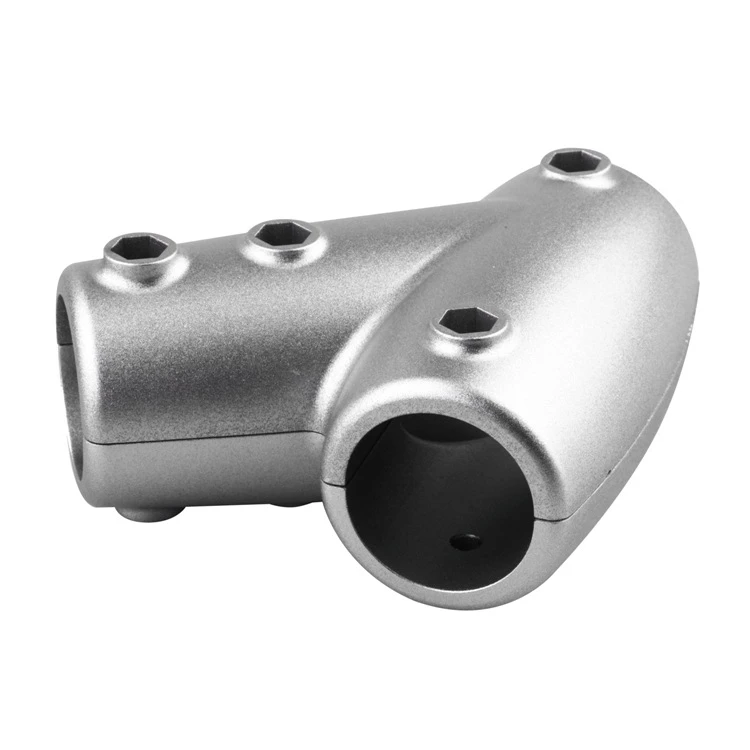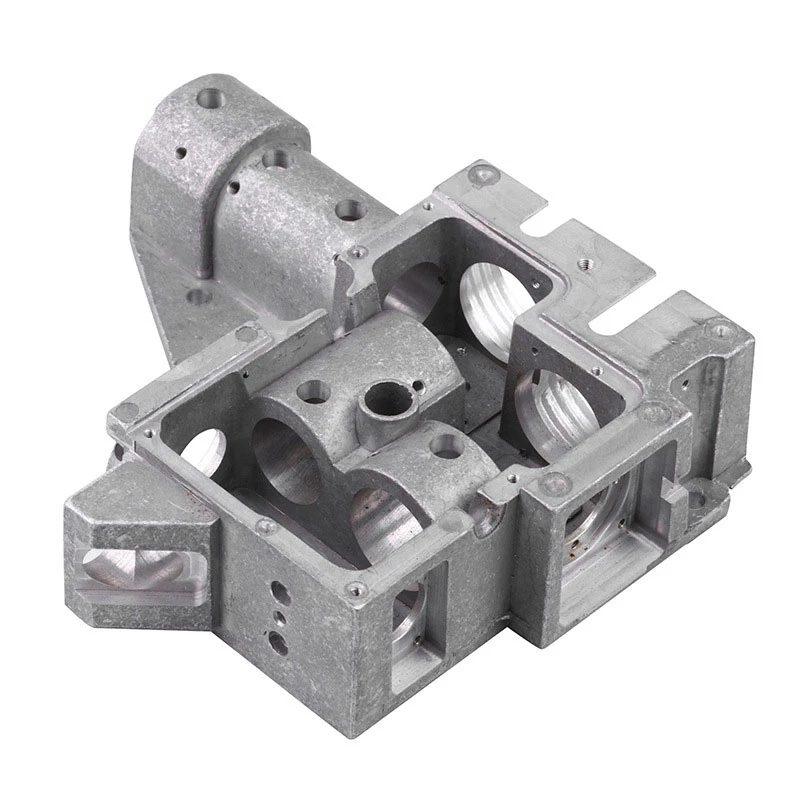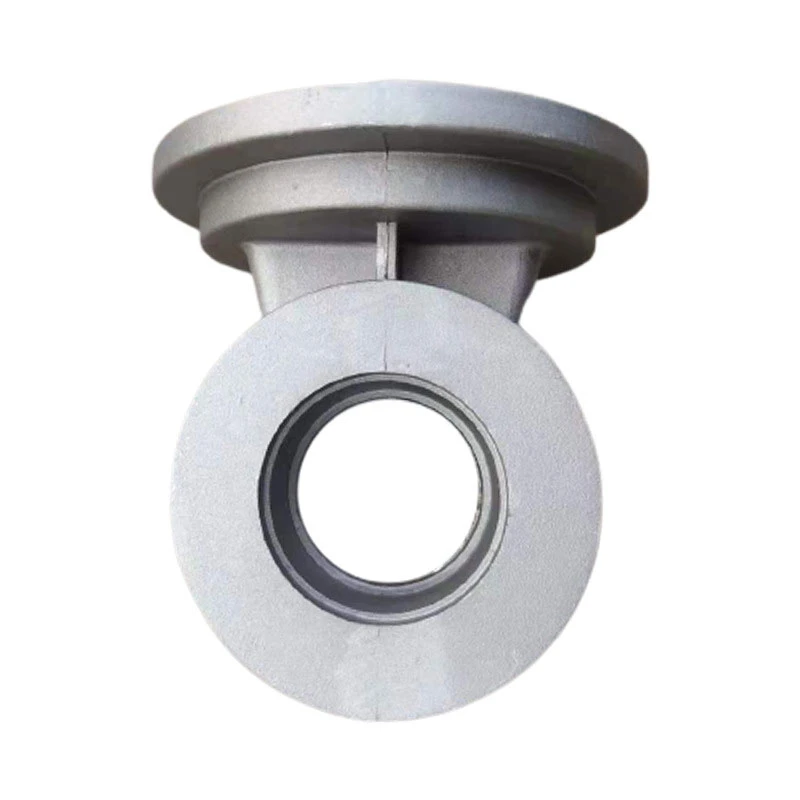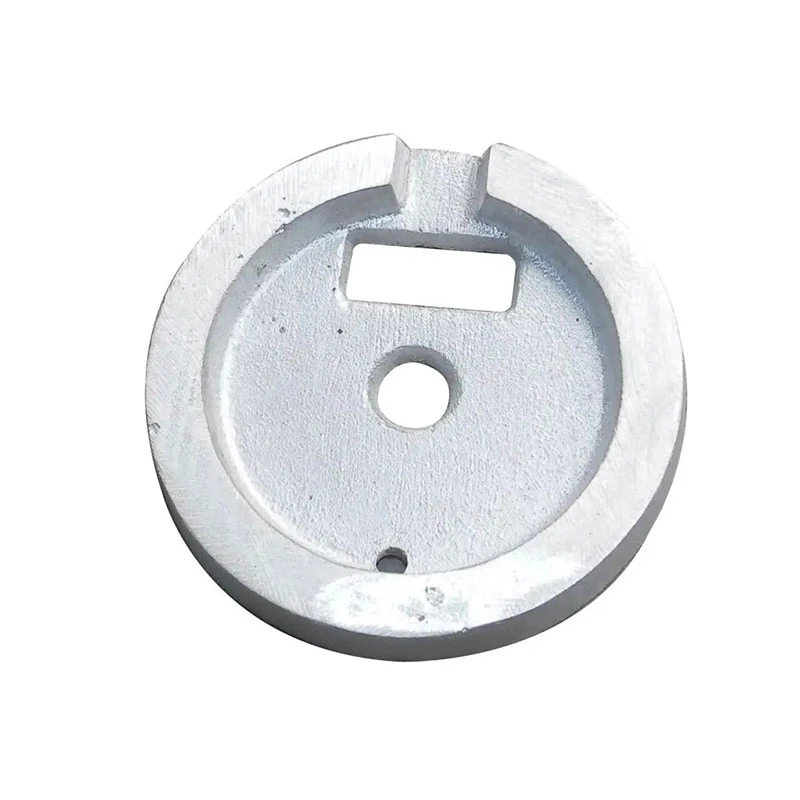stamped steel parts
The Importance of Stamped Steel Parts in Modern Manufacturing
In the landscape of modern manufacturing, the demand for precision, efficiency, and cost-effectiveness has driven industries to adopt innovative processes and materials. Among these, stamped steel parts have emerged as a critical component across various applications, from automotive to aerospace, electronics, and beyond. This article delves into the significance of stamped steel parts in contemporary manufacturing, exploring their benefits, processes involved, and future prospects.
What are Stamped Steel Parts?
Stamped steel parts are components created through a process known as metal stamping, which involves placing flat metal sheets—often referred to as coils—into a stamping press. Under high pressure, various shapes and forms are produced, depending on the design requirements. The fundamental processes include cutting, bending, and shaping, which can create everything from simple brackets to complex components like chassis and enclosures.
Advantages of Stamped Steel Parts
1. Cost-Effectiveness One of the most significant advantages of steel stamping is its cost-efficiency, especially in large production runs. The ability to create multiple parts quickly reduces labor costs and material waste, translating into savings that can be passed on to customers.
2. Precision and Consistency Stamped steel parts can achieve tight tolerances and intricate designs, ensuring that each part meets the required specifications. This precision is particularly crucial in industries such as automotive manufacturing, where even minor defects can have severe consequences.
3. Strength and Durability Steel is known for its strength, making stamped steel parts inherently robust. They can withstand extreme conditions, such as heat, pressure, and impact, making them suitable for a vast range of applications, from heavy machinery to consumer electronics.
4. Versatility The stamping process can be utilized to create a variety of part shapes and sizes, making it suitable for various applications. Additionally, components can be finished with coatings or treatments to improve corrosion resistance, enhancing their longevity.
5. Sustainability Steel is one of the most recycled materials globally. The stamping process generates minimal waste, and the parts produced can be recycled at the end of their life cycle, making stamped steel an environmentally friendly choice.
The Stamping Process
stamped steel parts

The stamping process begins with the design of the part, which is often created using computer-aided design (CAD) software. This design is then translated into a die, which is crucial for the stamping procedure. The die is placed inside a stamping press, where metal sheets are fed into the machine.
The press exerts powerful forces on the metal, shaping it according to the die's specifications. This process can involve multiple stages, including blanking (cutting the metal into flat shapes), forming (bending and shaping), and sometimes secondary processes like welding or assembly, depending on the complexity of the part.
Applications of Stamped Steel Parts
Stamped steel parts find applications across diverse industries. In the automotive sector, they are integral in producing components like brackets, panels, and structural parts that contribute to vehicle integrity and safety. The electronics industry also relies heavily on stamped steel for enclosures and mounting brackets, ensuring devices are both functional and durable.
Aerospace, construction, and medical equipment manufacturing are additional sectors where stamped steel components are crucial. Each of these industries benefits from the strength, reliability, and precise nature of stamped steel parts.
The Future of Stamped Steel Parts
As technology progresses, the future of stamped steel parts looks promising. Innovations such as advanced robotics, artificial intelligence, and improved materials will continue to shape the industry. These advancements will further enhance accuracy, reduce production times, and open new possibilities for complex designs that were previously unfeasible.
Additionally, as sustainability becomes a more prominent concern, the manufacturing of stamped steel parts is expected to evolve, focusing on reducing waste and energy consumption throughout the production cycle.
Conclusion
Stamped steel parts play an indispensable role in modern manufacturing, offering numerous advantages from cost savings to strength and versatility. As industries continue to seek reliable and efficient solutions, the importance of stamped steel components will only grow. By embracing technological advancements and sustainable practices, manufacturers can ensure that stamped steel parts remain at the forefront of innovation, driving the future of production across various sectors.
-
Precision Casting Prototypes and Engineering Inc – Innovating Global Manufacturing SolutionsNewsNov.24,2025
-
Precision Casting Facility: Advanced Manufacturing for Global Industries | Hairun SourcingNewsNov.23,2025
-
Leading Precision Casting Corporation: Quality Metal Components for Global IndustryNewsNov.23,2025
-
Precision Cast Rods: Definition, Applications & Future Trends in ManufacturingNewsNov.22,2025
-
Precision Cast Iron Surface Plate: The Backbone of Industrial Accuracy and QualityNewsNov.21,2025
-
Precision Aluminum Investment Casting: High-Accuracy Manufacturing for Modern IndustriesNewsNov.20,2025















